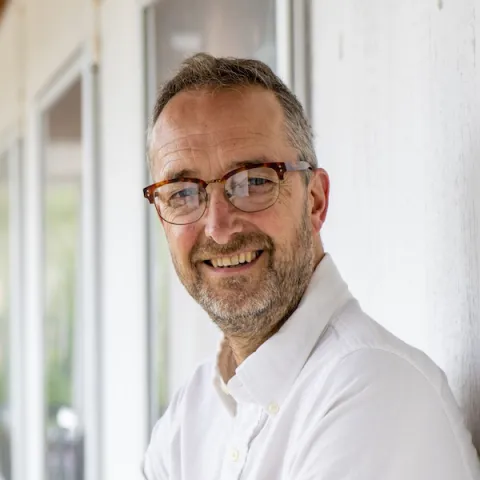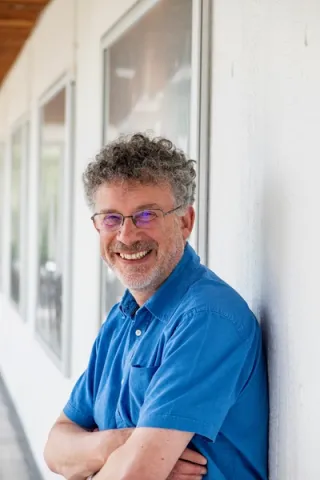About the project
We are looking for a student to join an exciting new project in the field of bio-imaging. The project, recently awarded funding of ~£5M, aims to use laser-generated soft X-ray radiation for coherent imaging of nanoscale biological structures.
The X-ray generation process, known as high harmonic generation, is based on non-linear optics using extremely high-intensity femtosecond laser pulses, and is the basis for the 2023 Nobel Prize in Physics. The imaging process uses computational algorithms to transform the scattered X-ray patterns into detailed images with resolution of 10nm or less, comparable with electron microscope techniques but with the huge advantages of X-rays in looking within biological structures like cells or neurons.
The capability to generate coherent soft X-rays in a lab is limited to a few research groups worldwide. This PhD project will look at how to optimise the soft X-ray generation process for use in an X-ray microscope, and will develop coherent imaging in the soft X-ray regime.
The student will be part of a multidisciplinary team constructing a new laser laboratory at the Rutherford Appleton Labs (RAL), home of the most powerful femtosecond lasers in the UK, and of the Rosalind Franklin Institute (RFI), the UK’s premier research institute in biological imaging, our collaborative partners in the project. The lab will be based around a new generation of fibre laser-based femtosecond sources which produce high energy femtosecond pulses in the infrared at average powers that are a factor of 100 higher than typical femtosecond lasers.
The candidate will join a welcoming community at Southampton, the RFI, and the Central Laser Facility of the Rutherford Appleton Labs, a team which includes physicists, chemists, computer scientists, and biologists all working to develop imaging techniques within a supportive and diverse environment.
Collaboration across disciplines, from algorithm development to biology, will be a key part of the PhD, and provide the student with a broad background in some of the most exciting areas of photonics, and strong support for career development.

